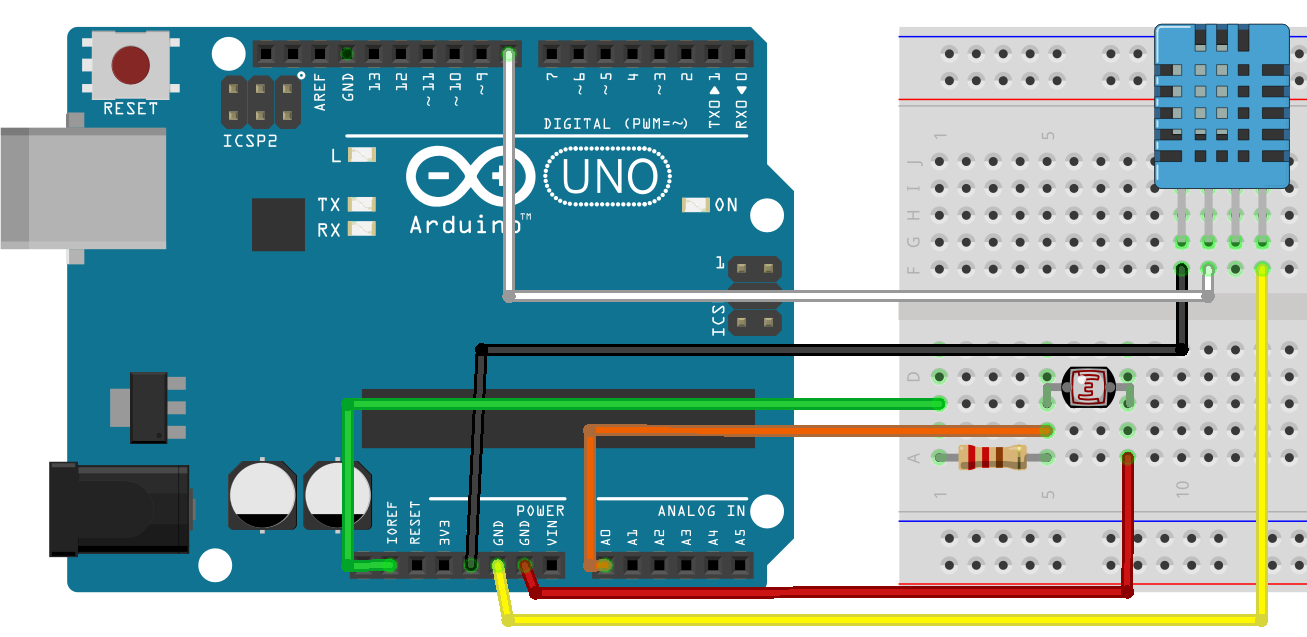Let's say we have two serial classes, one as a property of another:
Class test.Serial Extends %SerialObject
{
Property Serial2 As test.Serial2;
}
Class test.Serial2 Extends %SerialObject
{
Property Property As %String;
}And a persistent class, that has a property of test.Serial type:
Class test.Persistent Extends %Persistent
{
Property Datatype As %String;
Property Serial As test.Serial;
}So it's a serial, inside a serial, inside a persistent object.




